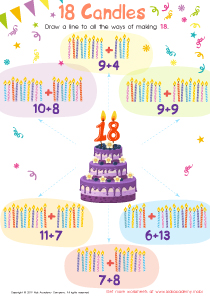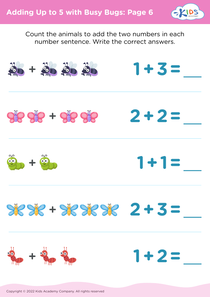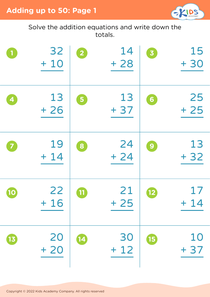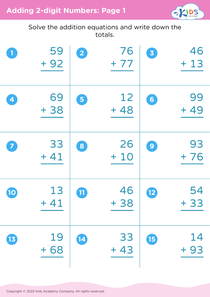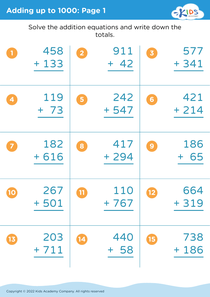Understand fractions Adding up to 100 Worksheets for Ages 4-7
5 filtered results
-
From - To
Introduce young learners to the world of fractions with our engaging and colorful worksheets designed for kids ages 4-7. Understanding fractions is a crucial math skill, and these printables make it easy and fun. Children will explore halves, quarters, and more through hands-on activities and visual aids, helping them build a solid foundation. Perfect for early graders, these worksheets align with educational standards and support learning both in the classroom and at home. Foster a love for math in your child with our Understand Fractions Adding up to 100 worksheets. Visit Kids Academy to download and start practicing today!
Understanding fractions and how they contribute to a whole, such as 100, is a fundamental mathematical skill that serves as a building block for more advanced concepts. For children ages 4-7, this knowledge is crucial for several reasons.
Firstly, an early grasp of fractions helps children develop strong number sense, which is the ability to understand, relate, and connect numbers. This foundational skill supports their overall math competency and problem-solving abilities. For instance, recognizing that four quarters make one dollar or that two halves complete a whole aids in fostering a deeper, intuitive understanding of division and multiplication.
Secondly, fractions are pervasive in everyday life and STEM (Science, Technology, Engineering, and Mathematics) fields. Everyday tasks like cooking, where measurements often involve fractions, or even sharing toys among friends demand a basic understanding of this concept. Early exposure ensures children can relate mathematical concepts to real-world situations.
Moreover, mastering fractions contributes to a positive attitude toward math. Early struggles in mathematics often lead to math anxiety, which can persist into later years, hindering academic achievement. Positive early experiences with fractions, underpinned by supportive parents and teachers, ensure children build confidence and a love for learning.
In essence, fostering an early understanding of fractions lays a robust foundation for mathematical success and everyday problem-solving skills, equipping children for future academics and life situations.

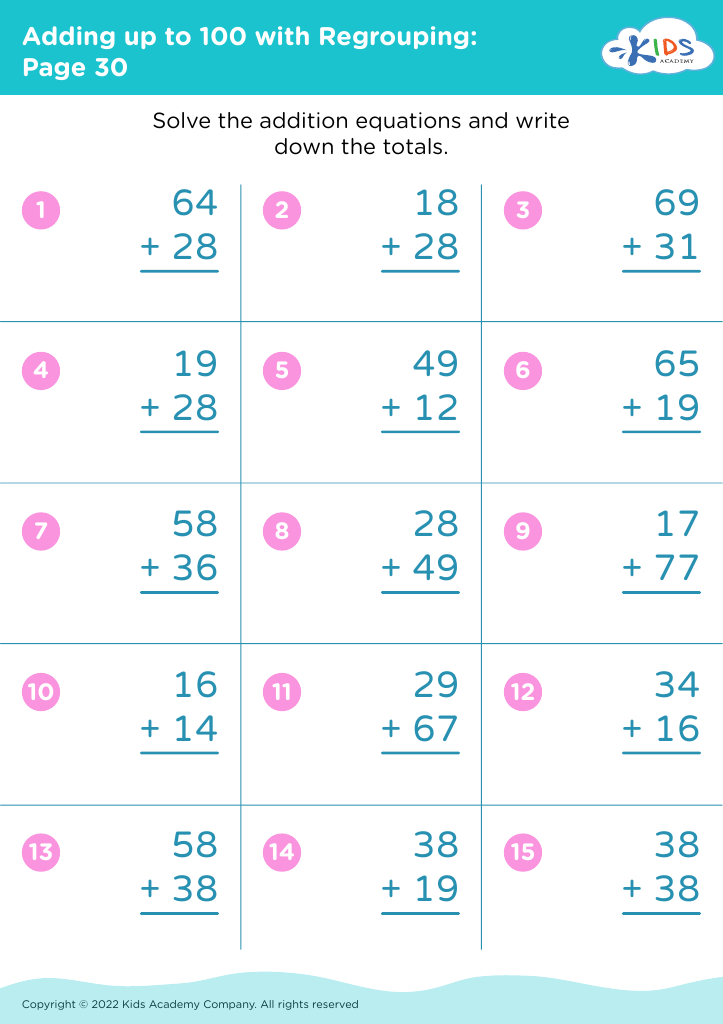
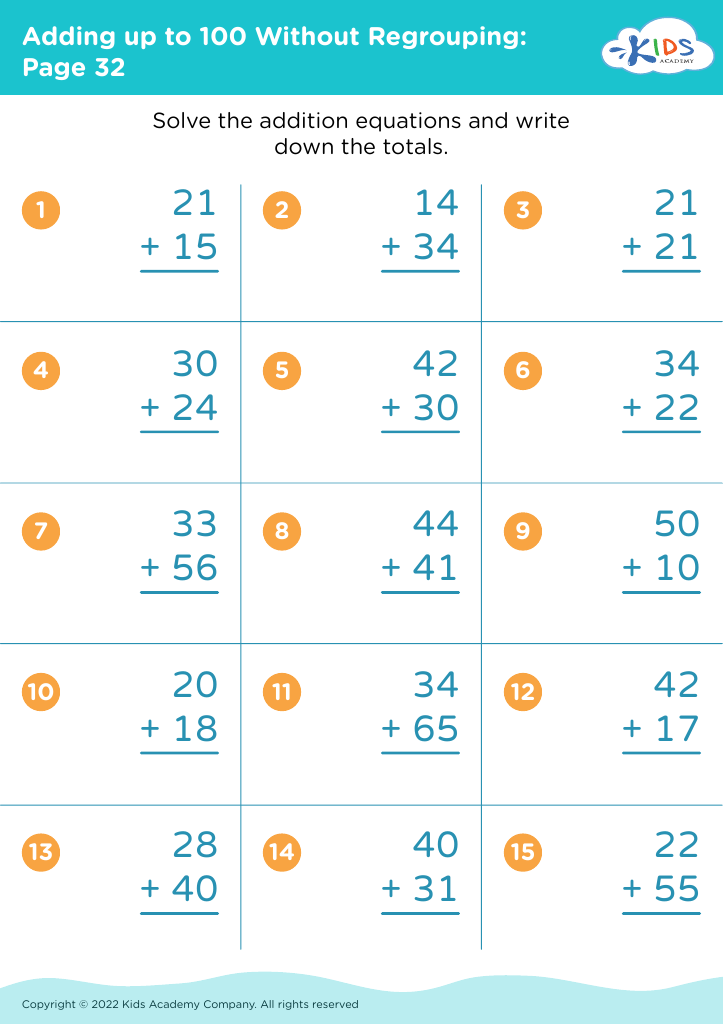
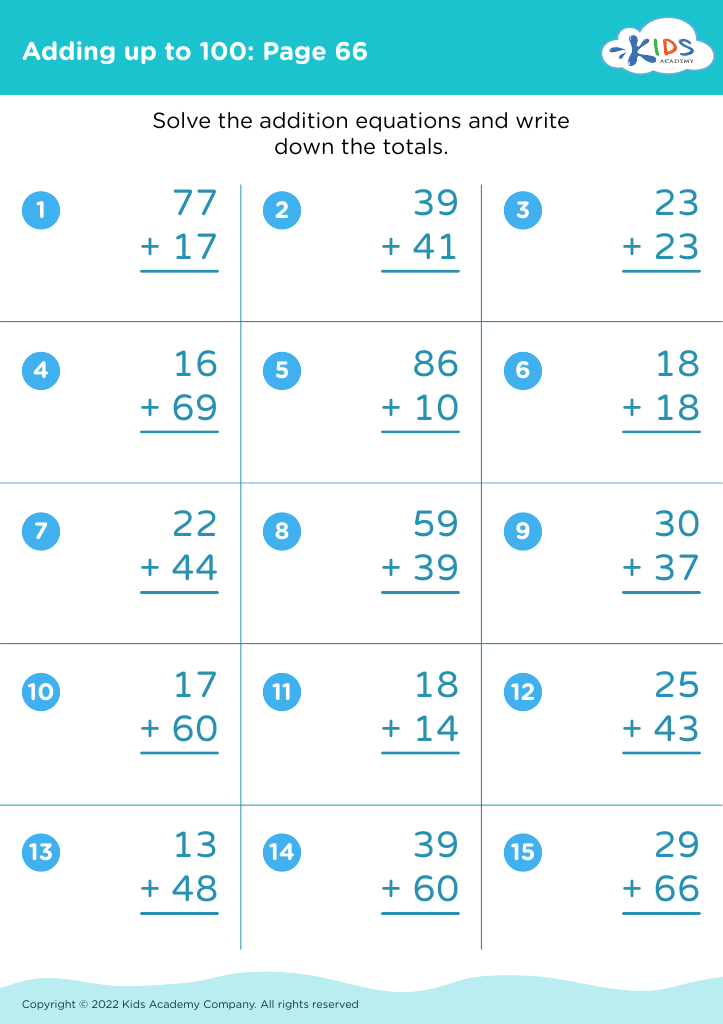
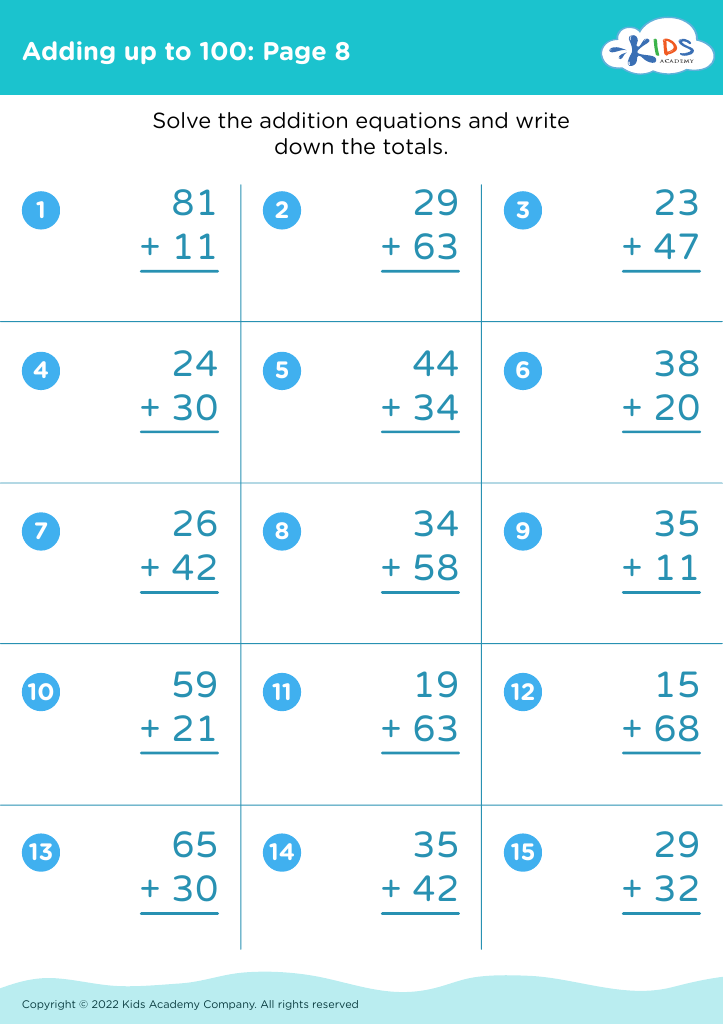
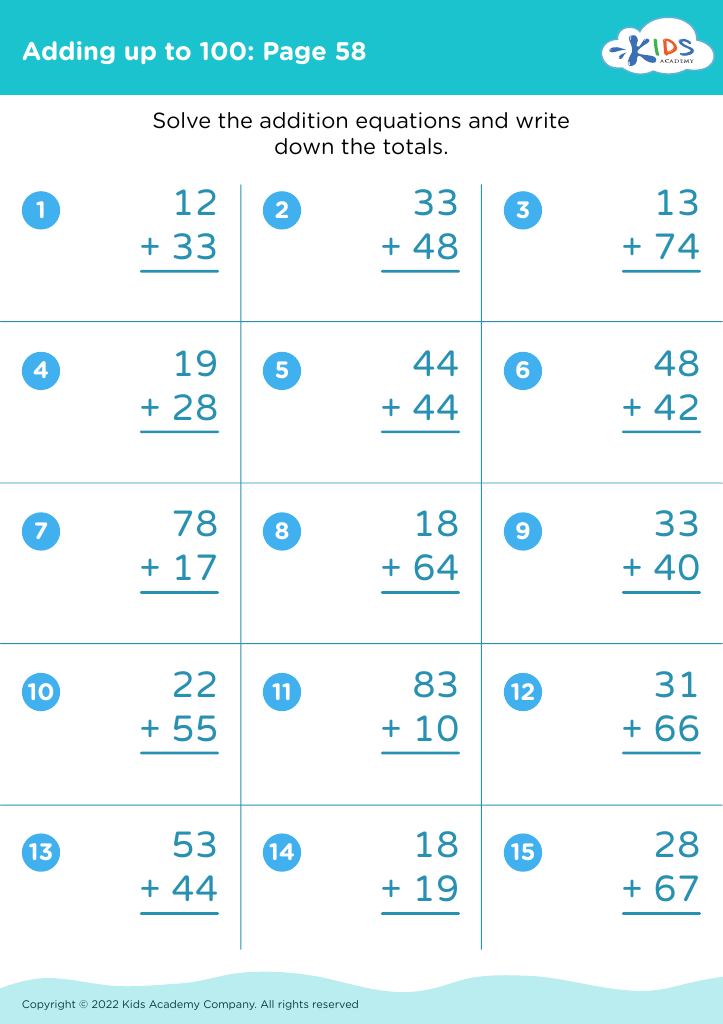




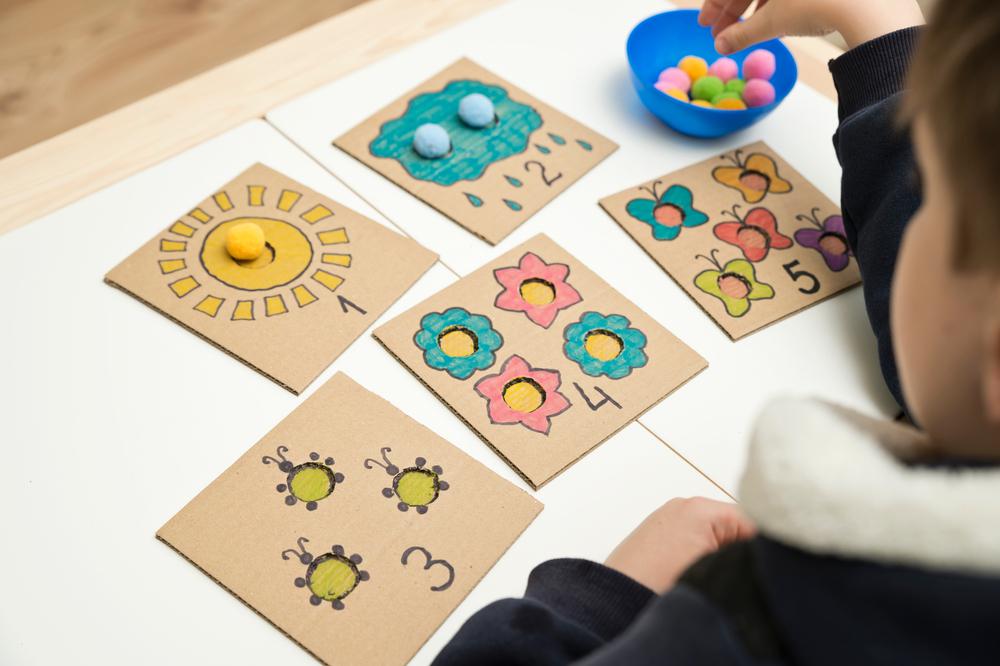
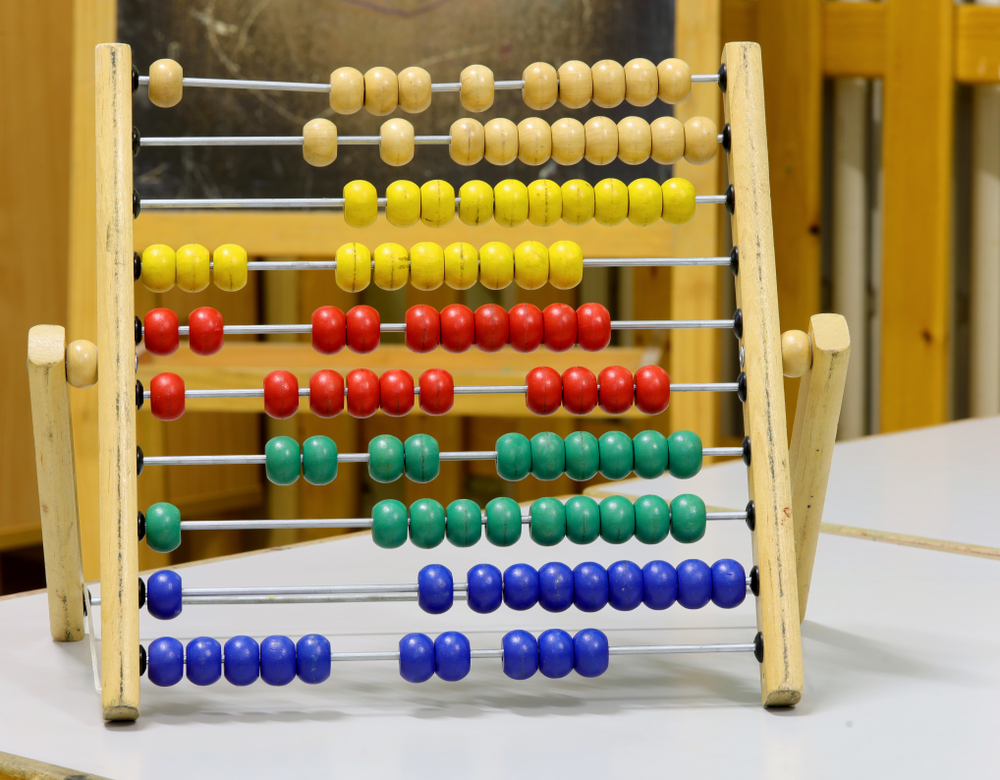
%20(1).jpg)
